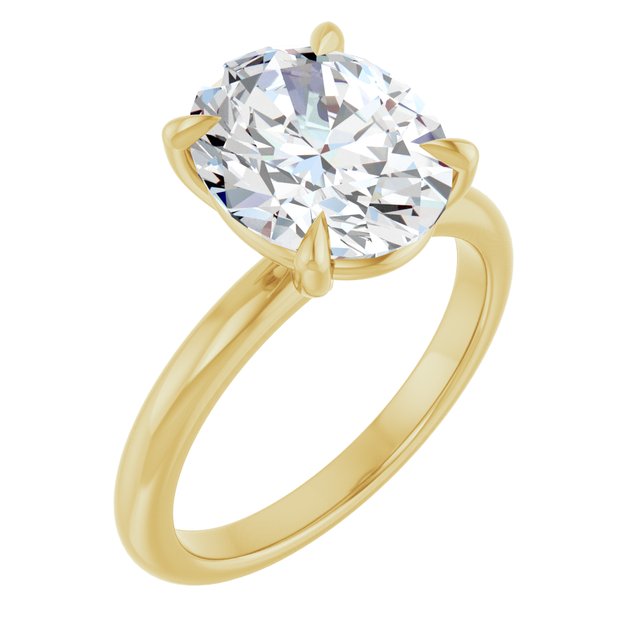Platinum is celebrated for its elegance, rarity, and incredible durability. But even this premium metal isn't immune to wear. Over time, your platinum ring or bracelet may begin to show scratches or a dull surface, leaving you wondering how to bring back that original shine.
If you’re looking to restore scratched platinum jewelry, you’re in the right place. This guide will walk you through why platinum scratches, how to care for it, and whether you can restore its luster at home—or if it's best left to professionals.
Why Does Platinum Scratch?
Unlike gold, which wears away over time, platinum displaces when scratched. That means the metal isn’t lost—it’s just moved slightly. This process leads to a patina finish, a natural, matte-like sheen that some people love. Others, however, prefer their platinum to stay bright and shiny.
Understanding this helps you decide whether you want to embrace the patina or polish your platinum jewelry back to its original state.
Can You Fix Scratched Platinum at Home?
Yes and no. Minor surface scratches can be addressed with at-home care techniques, but deeper abrasions or structural damage should always be handled by a professional jeweler.
Here’s what you can do at home to minimize scratches and restore shine:
1. Use a Jewelry Polishing Cloth
A soft, non-abrasive jewelry polishing cloth is your first line of defense. Gently rub your platinum piece in a circular motion to lift fingerprints, minor dullness, and micro-scratches. Avoid aggressive scrubbing—it won’t remove deep scratches but can help reduce the appearance of light scuffs.
2. Soak in Mild Soapy Water
Create a gentle cleaning solution by mixing lukewarm water with a few drops of mild dish soap. Soak your platinum ring, necklace, or bracelet for 15–20 minutes, then use a soft-bristled brush to gently clean the crevices.
This method won’t remove scratches but will improve overall appearance and cleanliness.
3. Avoid Harsh Chemicals or DIY Metal Polishers
Stay away from baking soda, toothpaste, or abrasive metal cleaners—these can damage the finish and make scratches worse. Platinum requires a more delicate touch.
4. Embrace the Patina (Optional)
Some people adore the antique, matte look that platinum develops over time. If that’s your style, you might want to skip the polishing altogether. The patina tells a story—it’s unique to you and your lifestyle.
When to See a Professional
If your platinum jewelry has deep scratches, gouges, or looks noticeably dull even after cleaning, it’s time to visit a jeweler. A professional can:
- Buff out deeper scratches
- Re-polish the surface to a mirror-like shine
- Reapply rhodium plating (if combined with white gold or other finishes)
This process restores your platinum to like-new condition without thinning the metal.
Preventing Future Scratches
Once your jewelry is looking its best, consider these tips to keep it that way:
- Store platinum pieces separately in soft-lined boxes or pouches
- Remove rings when doing heavy lifting or manual tasks
- Schedule routine cleanings and inspections with your jeweler
Platinum is strong, but like all precious metals, it benefits from a little TLC.
Final Thoughts
Scratches on platinum jewelry are natural and sometimes even part of its charm. Whether you love the aged patina look or prefer a high-gloss polish, there are ways to bring your platinum back to life.
For minor touch-ups, a polishing cloth and warm water will do wonders. For a full restoration, don’t hesitate to work with a trusted jeweler.
Either way, your platinum jewelry is made to last a lifetime—and beyond.



